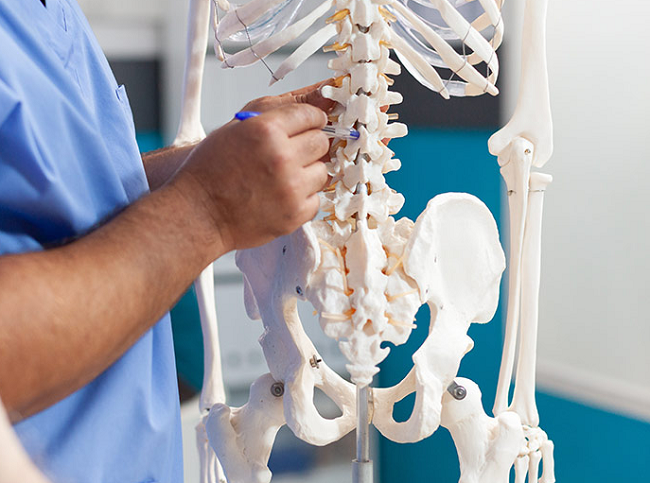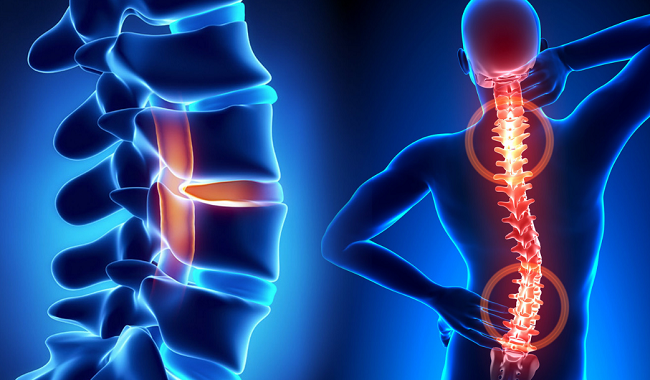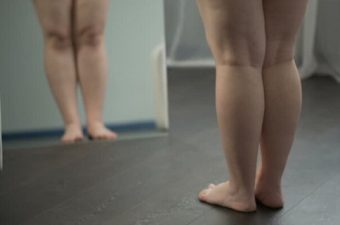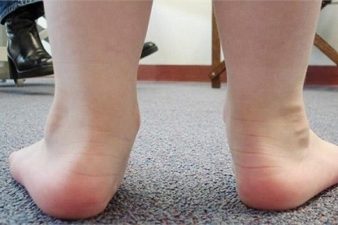Degenerative spine diseases encompass a range of conditions characterized by the progressive deterioration of the components of the spine, often due to aging. This blog post delves into various types of degenerative spine disease, the concept of multilevel degeneration, and the specifics of degenerative changes in the thoracic spine.
Types of Degenerative Spine Disease
There are several types of degenerative spine diseases, each affecting different parts of the spine or causing distinct symptoms. Here are some common ones:
- Osteoarthritis: This is a type of joint disease that affects the cartilage between the vertebrae, leading to pain and stiffness in the spine.
- Degenerative Disc Disease (DDD): DDD involves the progressive deterioration of the intervertebral discs, which can result in pain, instability, and often, herniated discs.
- Spinal Stenosis: This occurs when the spaces within your spine narrow, which can put pressure on the nerves that travel through the spine, leading to symptoms such as pain, numbness, and muscle weakness.
- Spondylosis: Also known as spinal osteoarthritis, this encompasses all degenerative conditions affecting the spine.
- Spondylolisthesis: This involves one vertebra slipping forward over the one below it. It’s often a result of the degenerative changes in the spine’s joints and ligaments.
Multilevel Degenerative Spine
The term “multilevel” refers to degeneration occurring at multiple levels or areas of the spine. This condition is often seen in aging populations, where wear and tear affect several parts of the vertebral column, causing conditions such as multilevel disc disease or multilevel spinal stenosis. Multilevel degeneration often presents more complex symptoms and requires a comprehensive treatment approach.
Degenerative Narrowing of the Spine
Degenerative narrowing of the spine, also known as spinal stenosis, occurs when the spinal canal narrows due to various degenerative processes, such as disc degeneration, thickening of the ligaments in the spine, or formation of bone spurs. This narrowing can compress the spinal cord or nerve roots, causing pain, numbness, or weakness in the limbs.
Mild Degenerative Spine
Mild degenerative spine disease refers to the early stages of spinal degeneration. It’s characterized by minimal changes in the spine’s structure, such as slight thinning of discs or minor bone spur formation. Symptoms at this stage are usually mild and can often be managed with conservative treatments such as physical therapy and medication.
Degenerative Thoracic Spine and Degenerative Changes in the Thoracic Spine
The thoracic spine, the middle section of your spine, can also be affected by degenerative diseases. Conditions like thoracic osteoarthritis or degenerative disc disease can lead to pain in the upper back, stiffness, and in some cases, nerve-related symptoms.
Degenerative changes in the thoracic spine typically include loss of disc height, changes to the vertebrae (such as bone spurs), and thickening of the spinal ligaments. These changes can cause pain and limit mobility, but they’re a common part of aging and don’t always lead to severe symptoms.
In conclusion, degenerative spine diseases represent a complex spectrum of conditions with varying levels of severity and affected areas. While they’re often linked to aging, factors such as genetics, lifestyle, and previous injuries can also play a role. The good news is that many degenerative spine diseases can be managed effectively with a combination of conservative treatments, lifestyle modifications, and, in some cases, surgical interventions. Always consult with a healthcare professional for an accurate diagnosis and personalized treatment plan.











